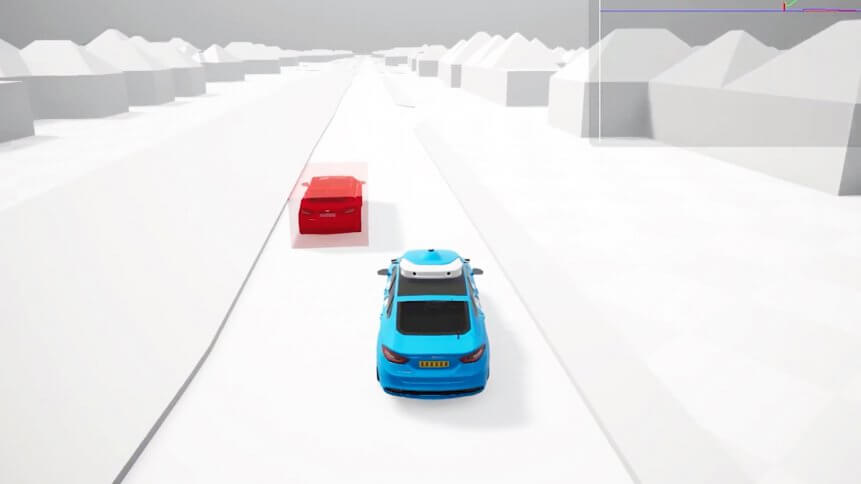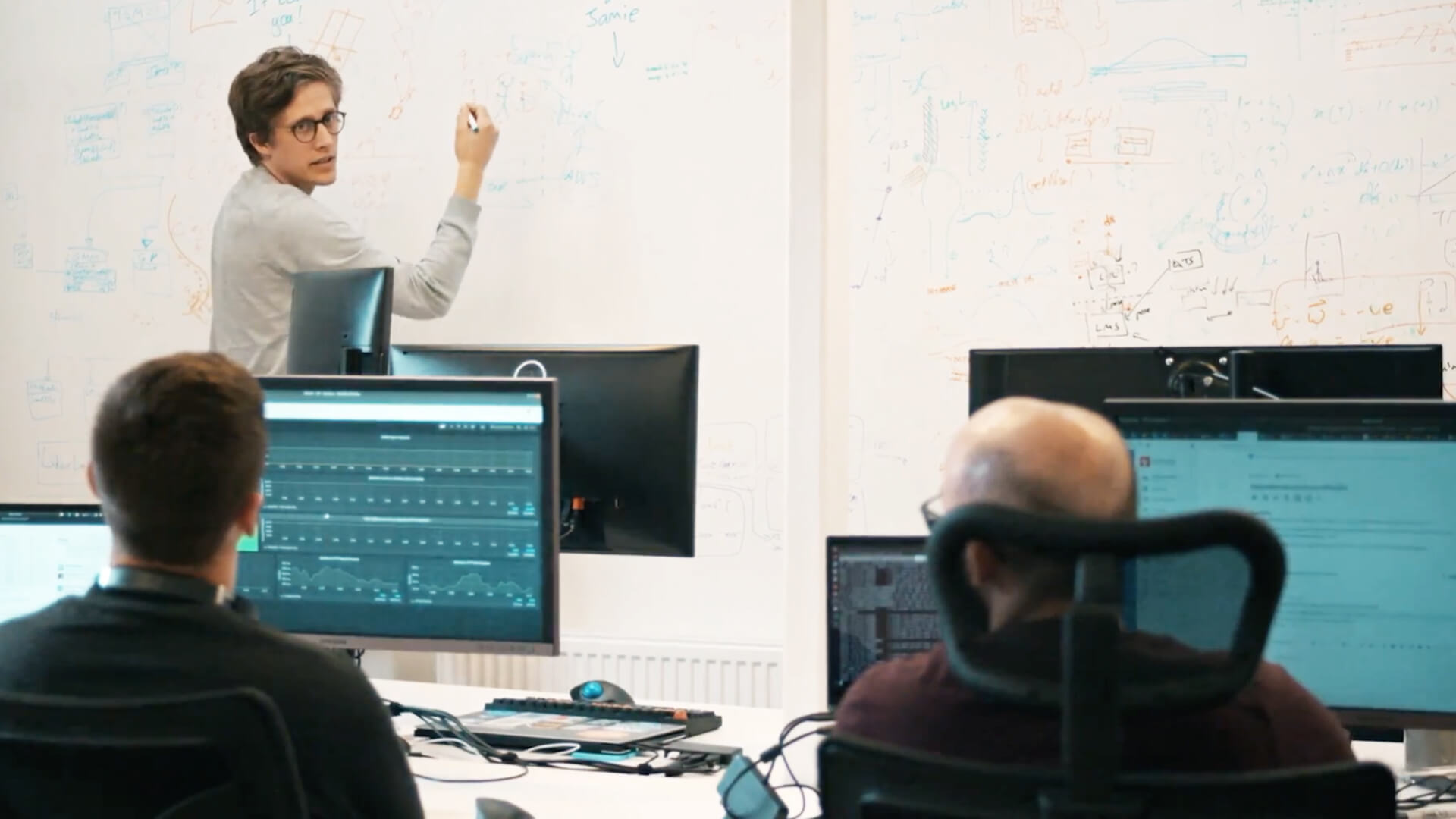Autonomous vehicle startups could get ahead when normal play resumes

Around the world, streets and roads are eerily quiet – nature hit the pause button and discussions around ‘future technologies’ and their impact on our daily lives may never have seemed more distant.
In terms of technological investment, however, now could be the calm before the storm. Forced to reevaluate the status quo, we could see a technological surge as businesses restructure to compete in a lean, post-pandemic global economy, whether it’s onboarding robotics systems into warehouses, putting AI systems to use, or overhauling costly last-mile deliveries with aerial drones.
If we look back on history, we can certainly see that – in our necks of the woods, at least – recession has a pattern of portending new chapters in automation.
If that theory holds water, it will only add fuel to the hypercompetitive autonomous vehicle industry. Owed to its massive potential in commercial and commuter efficiency, reduced congestion and longer vehicle life, driverless vehicle technology will inevitably usurp its century-old, ICE-driven counterpart.
Up until the middle of last month, the autonomous vehicle market was racing, attracting not just startups, but traditional carmakers, tech giants, and even household electronics firms, flock to the same arena.
In this broad market, Daimler now competes with Waymo, Uber is now pitted against Mitsubishi Electric, but while the development race has raged on and the miles of test drives, trials and pilots have clocked up tens of million miles, the advantage right now might be handed to a specific set of players.
COVID-19 has put the brakes on incumbent operations – production lines in Detroit and Europe have been temporarily halted and supply chains are hurting. But in China, interest in autonomous vehicles has accelerated in the last few months, thanks to the role driverless vehicles can play in making deliveries which minimize human-to-human contact.
And while researchers from the Prognos research institute expect the process of Level 5 autonomous vehicle deployment could happen gradually over the next 30 years – a lifetime in the age of rapid innovation we have become so used to – small, agile autonomous vehicle firms could stand to benefit in the short term.
Business as usual here at Five, even while working from home. We are indebted and grateful to our infrastructure team who’ve made it possible. Consider joining us here: https://t.co/41On4LhQTi #Engineer #DevOps #WFH pic.twitter.com/s8snum5xJf
— Five (@_FiveAI) March 23, 2020
Following a recent US$41 million Series B – which, in hindsight, it secured just in time – Cambridge-based Five became one of Europe’s best-funded self-driving technology startups in March this year, with total funding to date reaching US$77 million in just a few short years.
Five is focused on driving “performance and engineering certainty,” developing online vehicle software and cloud-development platforms, or simply, to solve the massive technological challenges that must be tackled ahead of the mass commercialization of self-driving technology.

One of Five’s vehicles conducting trials in London. Source: Five
While it currently has eight fully-equipped self-driving vehicles, each provisioned with tens of sensors and supercomputer-level processing power, the firm is focused on developing a self-driving software platform and is in a position to lead in developing the intricacies of autonomous driving technology.
As such, it could be set to leverage a surge in investment into autonomous driving technology from a range of commercial players in the years to come. But not only are Five’s coffers now well-lined, since launching in 2015, the company’s helmsman has bred a roster of industry-leading talent from long before it was even registered.
Five’s CEO, Stan Boland, has led several leading companies into hundred-million-dollar takeovers by the likes of Broadcom, NVIDIA, and Huawei.
Meanwhile, leading algorithm development, software development, verification, processor design and product management at those firms, Five’s co-founders are some of the best minds Boland found along the way – and that gives the startup more than a fighting chance against some of its bigger rivals, such as that of Alphabet subsidiary Waymo.

Stan Boland, Five CEO. Source: Five
“40 percent of our employees hold PhDs in computer science, mathematics, engineering or physical sciences, and our team has collectively built businesses that have sold for more than US$1 billion,” Boland told TechHQ in an interview following its funding announcement.
“The company has close ties with some of the world’s leading research institutions.”
Indeed, Five’s scientific advisors include professors from University of Oxford, among several more leading UK universities and the former Director of the Alan Turing Institute and Microsoft Research.
“We’ve created a creative working environment that allows ideas to flourish,” Boland said.

Members of Five’s tech team. Source: Five
Five’s plan is to tap into this high-caliber force of talent to bring “performance and engineering certainty” to self-driving programs, particularly in regard to their safety cases. These are both essential for widespread public road deployment and commercialization of self-driving technology, Boland explained.
As a giant spanner has been thrown into the operations of the automobile sector – and even autonomous vehicle trials around the world are forced to brake – Five may be in prime position to resume its work at full pace and capitalize on renewed market interest once business as (not-so-) usual returns.
With such a range of other factors standing between development and deployment, from regulations, public perceptions, and technological readiness, even Boland can’t say with accuracy when we will likely see autonomous vehicles on our roads.
“I expect we will arrive at a point in the latter half of this decade when self-driving vehicles will be commonplace in cities around the world,” was his answer to that question. As we have learned recently, the world we know can be turned on its head in less than a month, let alone several years.









